The 1950s were a time of economic optimism and domestic tradition in America. The end of World War II had ushered in a wave of prosperity, and with it came a boom in suburban living and kitchen convenience. For many Middle Class families, this era brought structured meals, comfort cooking, and a growing reliance on canned goods and processed staples. These 15 foods were not just popular, they were nearly unavoidable in the average Middle Class home, shaping the way a generation ate and lived.
Meatloaf Took Center Stage
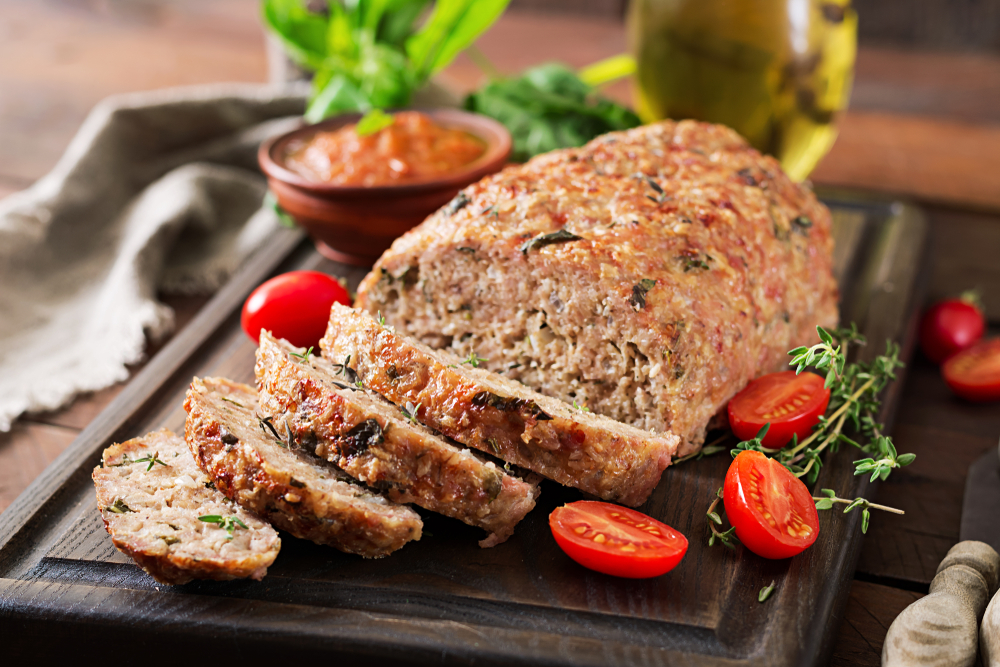
Meatloaf was one of the most iconic dishes on the 1950s dinner table. It was affordable, filling, and could be stretched to feed a growing family. Ground beef, eggs, breadcrumbs, and ketchup were the basic ingredients, and home cooks often added onions or canned tomato soup for moisture. For Middle Class families watching their grocery budgets, meatloaf offered a tasty way to make the most of limited meat. Served with mashed potatoes and peas, it defined the classic American dinner.
Canned Green Beans Were Everywhere
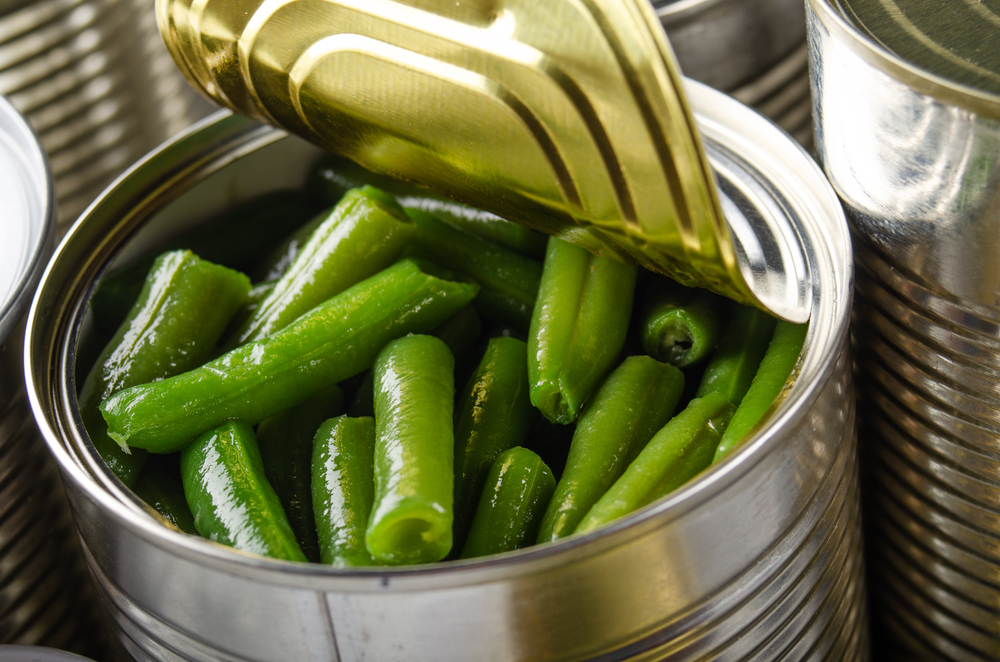
Canned vegetables became a staple during wartime rationing and remained popular in the post-war Middle Class kitchen. Green beans, in particular, were served often because they were inexpensive and easy to prepare. Whether heated plain, topped with butter, or mixed into a casserole, they brought familiarity to the plate. Green bean casserole, which mixed canned soup and crispy onions, became a holiday favorite and stayed in regular rotation all year.
Gelatin Molds Were Mandatory
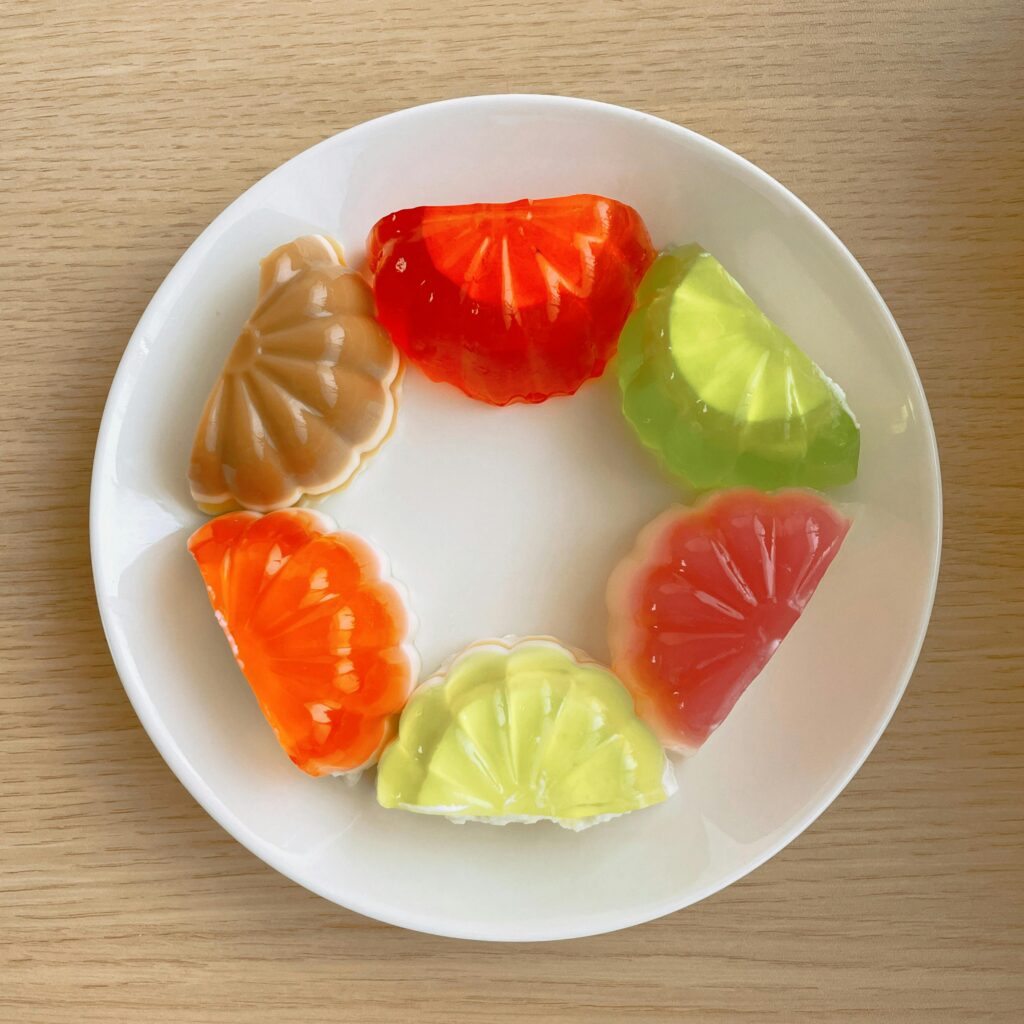
No Middle Class gathering in the 1950s was complete without at least one gelatin mold. These colorful creations combined flavored gelatin with fruit cocktail, marshmallows, and even shredded carrots. Housewives prided themselves on presenting the most elaborate and eye-catching molds. Not only were they served as desserts, but they also sometimes appeared as side dishes. Gelatin molds reflected the era’s fascination with presentation and convenience, even if the flavors were sometimes questionable.
Spam Was a Pantry Regular
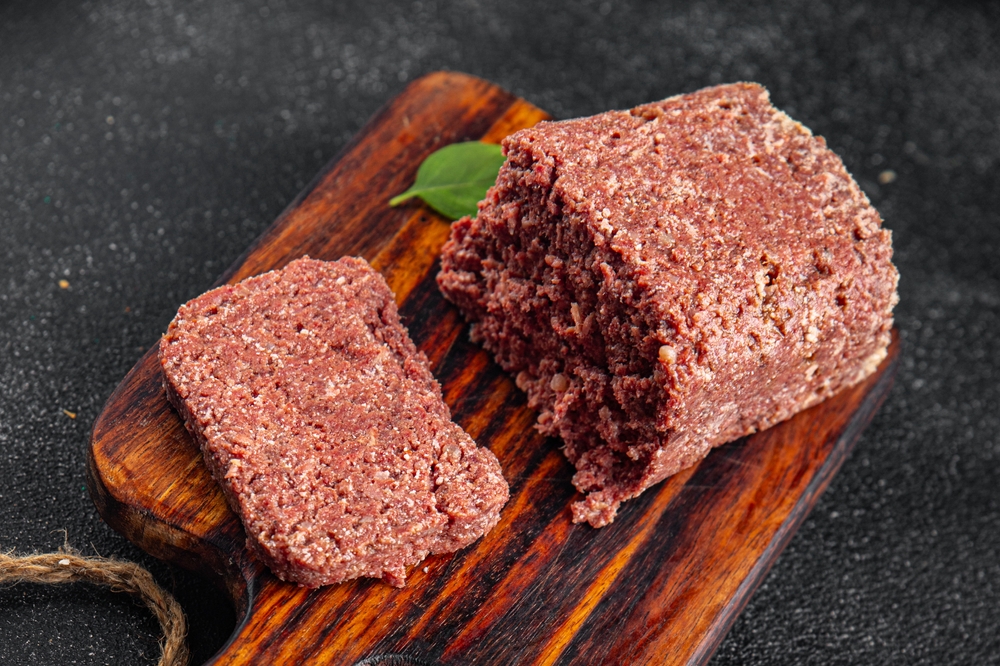
Spam was more than just a quirky canned meat, it was a reliable protein source for Middle Class families. Leftover from wartime supplies, Spam remained popular because it required no refrigeration and had a long shelf life. Fried slices were often served with eggs for breakfast, while chopped Spam was added to casseroles, sandwiches, or even macaroni dishes. Its salty flavor and versatility made it a go-to for busy households trying to stretch every dollar.
Tuna Noodle Casserole Ruled the Oven
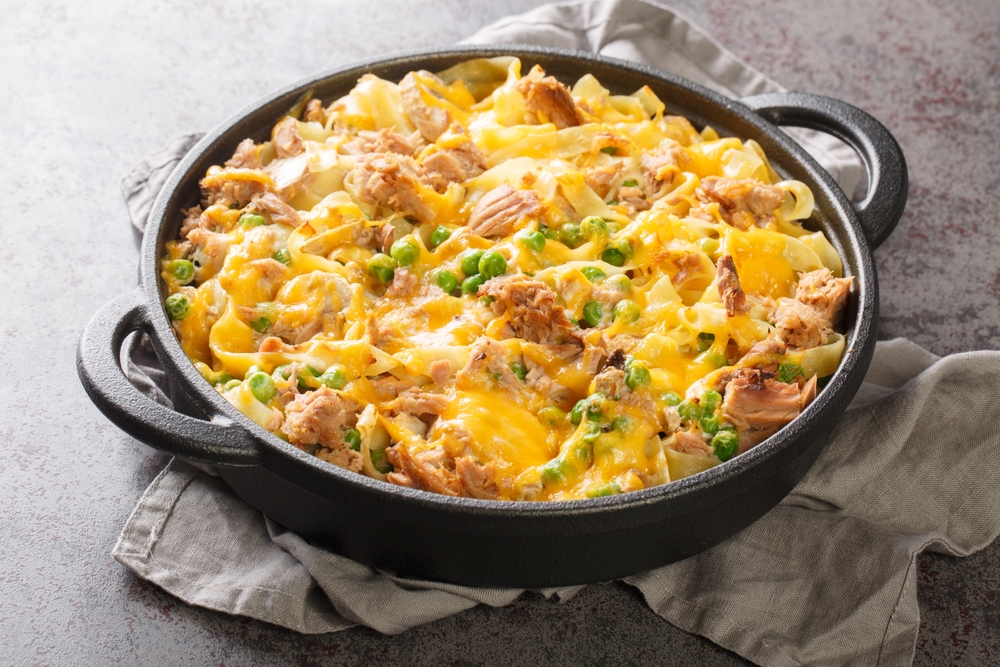
Tuna noodle casserole combined affordability with ease, making it a beloved staple for Middle Class households. Using canned tuna, egg noodles, and cream of mushroom soup, it was a one-dish meal that filled bellies and saved time. Topped with crushed potato chips or breadcrumbs, the dish was both comforting and crunchy. This casserole became a weeknight standard and a symbol of the post-war domestic ideal.
Frozen TV Dinners Were the Future
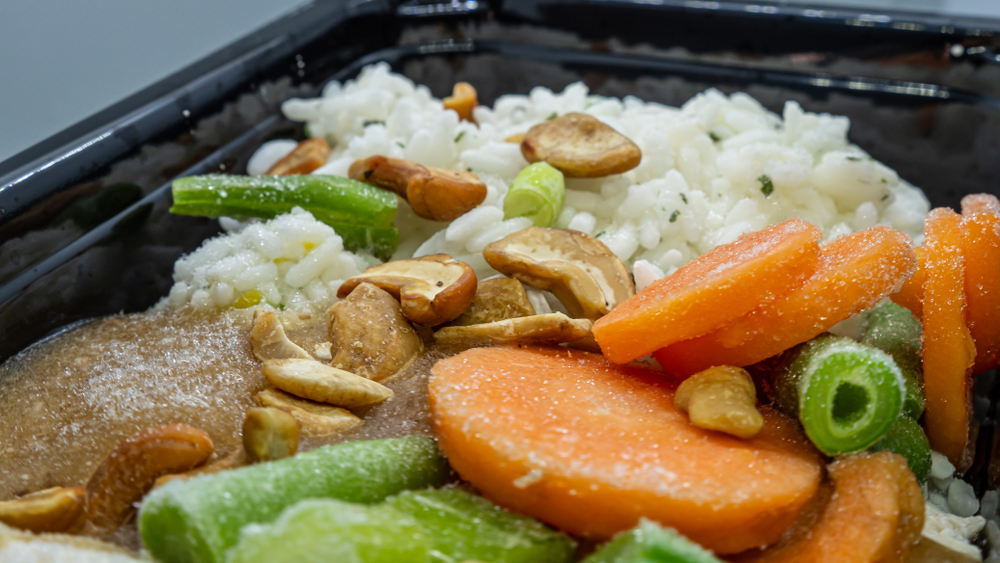
When TV dinners were introduced in the 1950s, they represented the future of American dining. Middle Class families embraced them quickly, especially for nights when mom wanted a break from cooking. Packaged in foil trays and featuring items like Salisbury steak, mashed potatoes, and peas, these frozen meals could be heated in the oven while the family gathered around the television. TV dinners helped reshape mealtime habits and sparked a shift toward individual portion dining.
Canned Fruit Cocktail Made Every Dessert Fancy
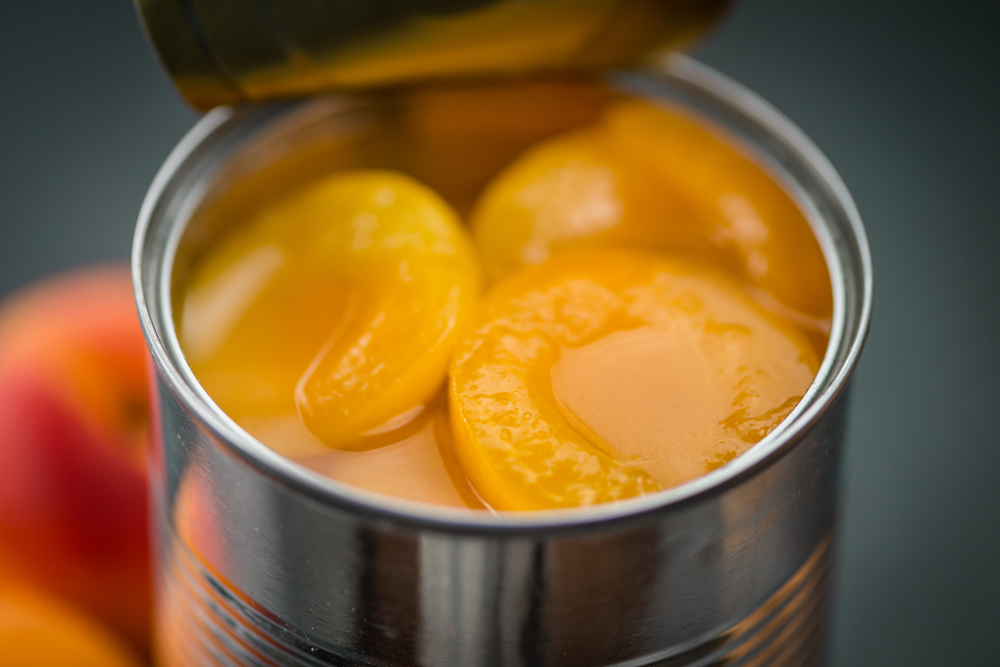
Fruit cocktail in syrup was a constant in 1950s pantries. It was used in Jell-O, poured over cottage cheese, or spooned into desserts. Middle Class homes kept several cans on hand for impromptu guests or Sunday dinners. The sweet mix of pears, peaches, grapes, and the single cherry added a splash of color and sweetness to meals that were otherwise beige. Fruit cocktail also symbolized convenience and the growing popularity of processed foods.
Hamburger Helper’s Early Forms Appeared
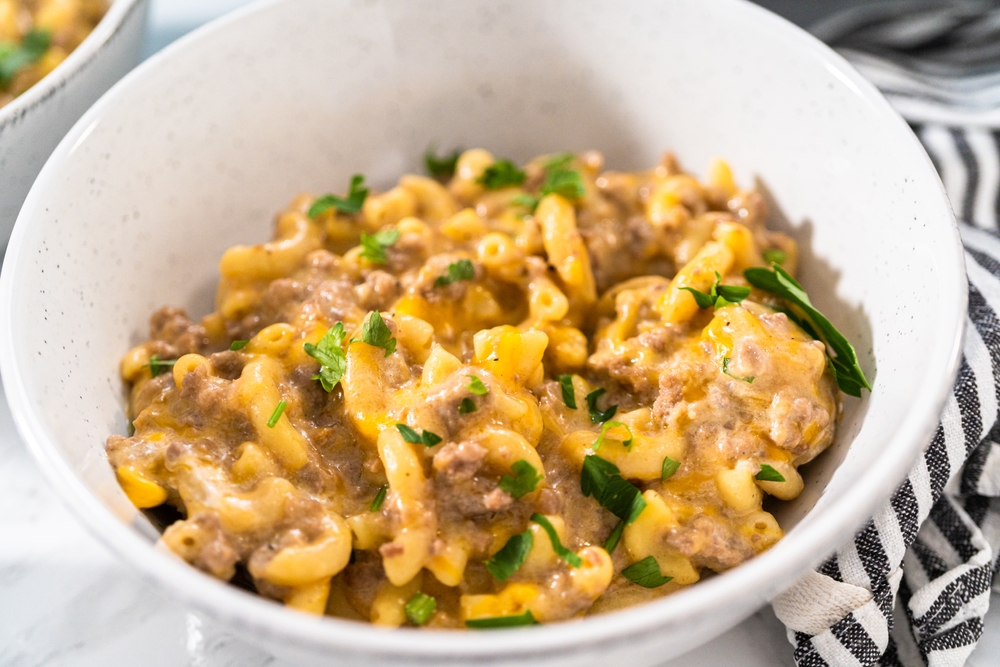
Though not officially branded until later, the concept behind Hamburger Helper began in the 1950s. Middle Class families created similar meals by mixing ground beef with noodles, tomato paste, or canned soup. These one-skillet meals allowed for quick cleanup and satisfied large households. The appeal was in combining protein, starch, and sauce into a cohesive, budget-friendly dish that even picky kids would eat.
Rice Pudding Closed Out Many Meals

Rice pudding was a go-to dessert in many Middle Class homes. It was economical, using leftover rice, milk, sugar, and cinnamon. Served warm or cold, it felt hearty and homey. Some families added raisins or nutmeg for variety. It was one of the few desserts that didn’t require fancy ingredients, making it ideal for resourceful homemakers working within tight food budgets.
Casseroles Dominated the Dinner Table

Casseroles in all their forms were at the heart of Middle Class meal planning. Combining starches, proteins, and sauces, they were easy to prepare in bulk and reheat later. Casseroles used pantry staples like canned soups, frozen vegetables, or boxed pasta. They allowed cooks to experiment without wasting ingredients. Tuna, chicken, and even Spam casseroles defined comfort food for many families during this decade.
Peanut Butter and Jelly Was a School Lunch Essential
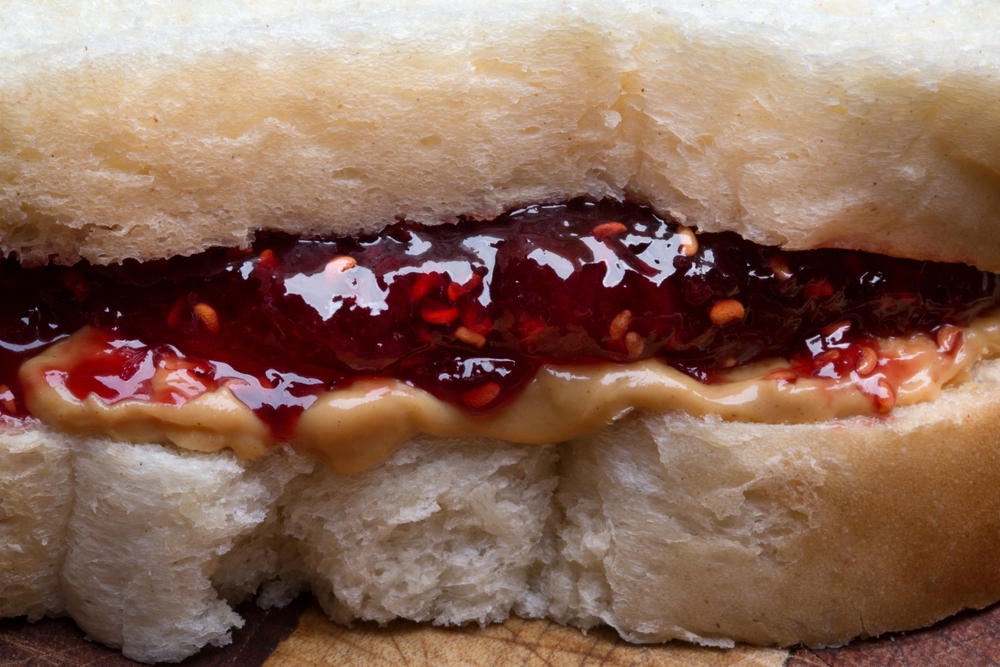
Middle Class children in the 1950s often carried peanut butter and jelly sandwiches in their lunchboxes. It was a cheap, protein-packed option that required no refrigeration. Paired with a thermos of milk and an apple, PB&J was a reliable, non-messy staple. Bread was usually white and soft, and jelly options ranged from grape to strawberry. This sandwich combo remains one of the most enduring food traditions from the era.
Deviled Eggs Showed Up at Every Gathering
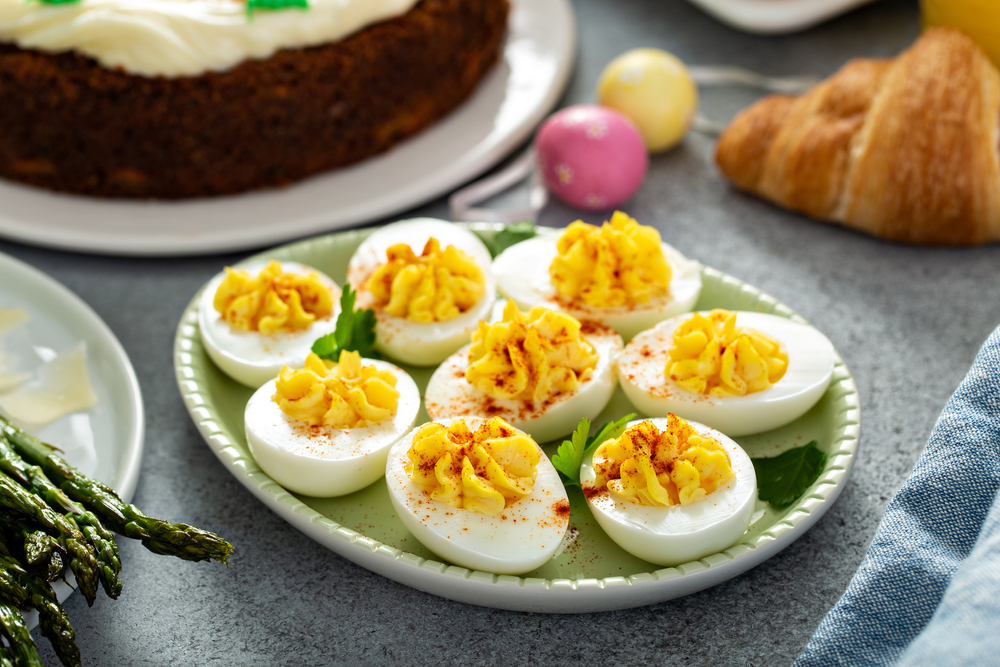
Deviled eggs were a party favorite and an affordable appetizer found in most Middle Class homes. They required just a few ingredients, including hard-boiled eggs, mayonnaise, mustard, and paprika. Hosts often got creative with toppings or garnishes, but the basic recipe rarely changed. Deviled eggs appeared at potlucks, picnics, church gatherings, and family dinners. They represented a frugal but elegant touch to any event.
Read More: 50 Of The Greatest American Foods and Snacks To Ever Exist
Chicken a la King Felt Fancy
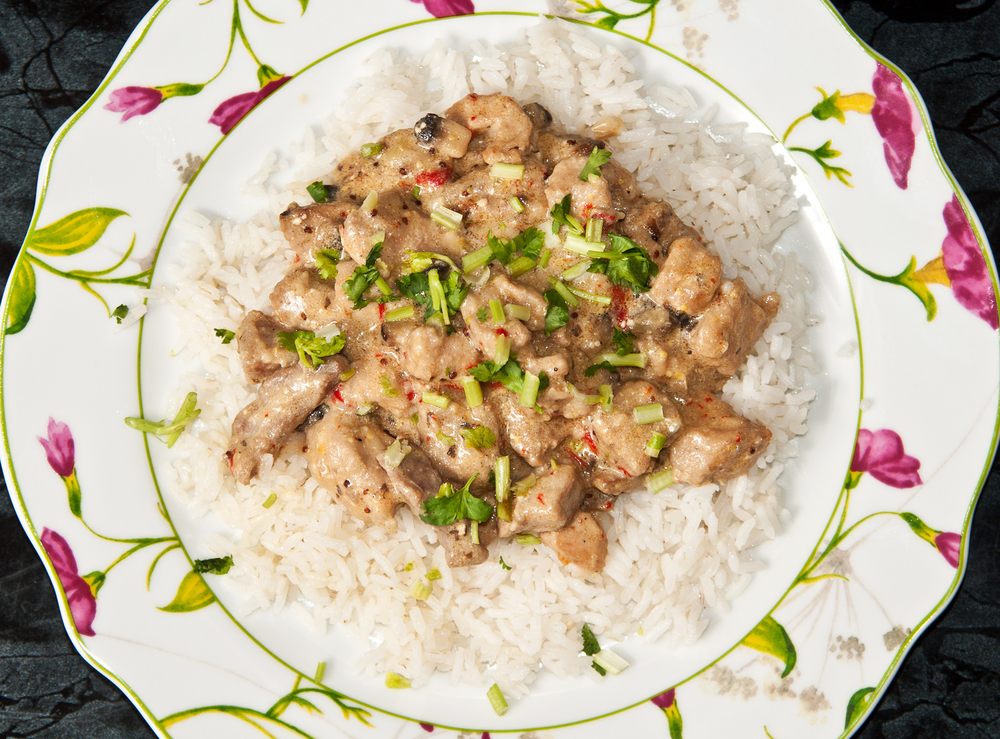
Chicken a la King became a way for Middle Class families to feel like they were eating something gourmet without the restaurant bill. Using diced chicken, mushrooms, and a creamy sauce served over toast or rice, it was a practical way to repurpose leftover meat. Many housewives turned to this dish when entertaining guests, offering a simple yet satisfying meal with just a few canned ingredients.
Pot Roast Was a Sunday Tradition
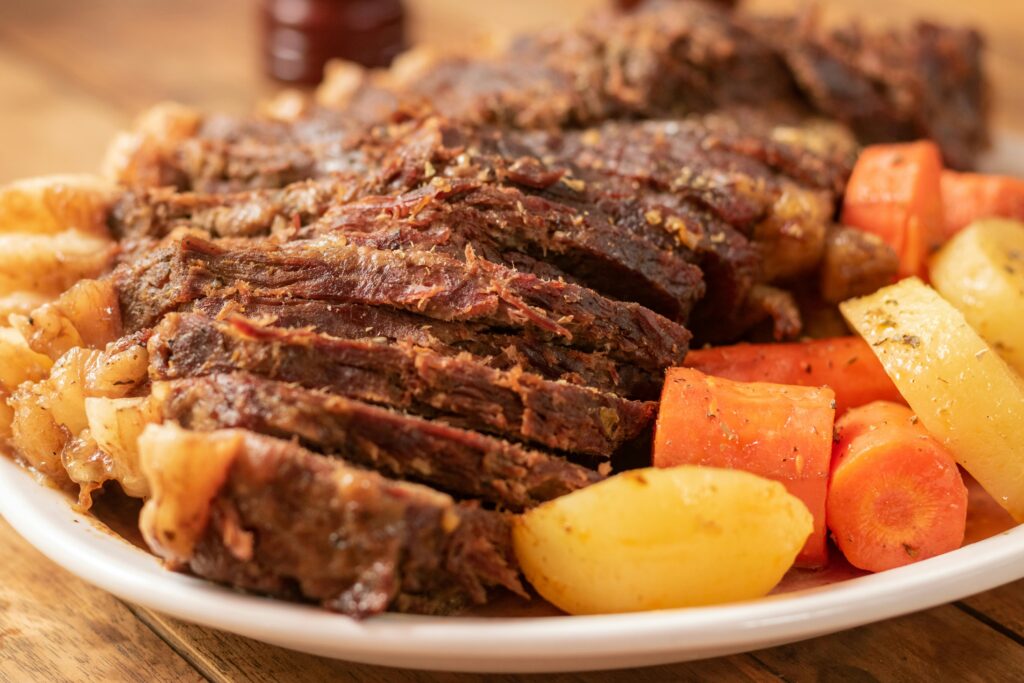
Sunday dinner in a Middle Class home often featured pot roast. Using a tougher cut of beef like chuck roast, it was slow-cooked with potatoes, carrots, and onions. The long cooking time made the meat tender, while the vegetables absorbed the savory juices. Pot roast was more than just a meal, it was a tradition that brought families together at the end of the week. Leftovers were often reused in sandwiches or stews.
Baked Beans Were Always on the Side
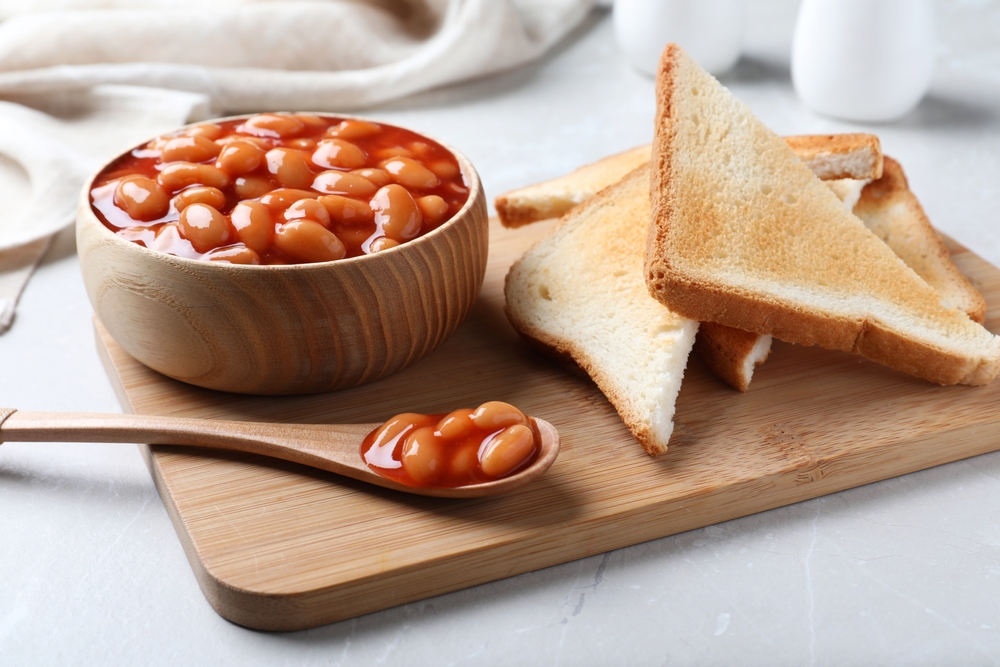
No 1950s picnic or barbecue was complete without baked beans. Often sweetened with molasses or brown sugar and enriched with bits of bacon, baked beans were a cost-effective side dish. Middle Class households kept them on hand in cans for quick additions to burgers or hot dogs. Their sweet and smoky flavor made them a favorite among children and adults alike.
Meal Convenience and Affordability

The foods that filled Middle Class homes in the 1950s tell a larger story about post-war values, kitchen innovation, and the desire for stability. These meals emphasized convenience, affordability, and familiarity. They brought families together around the table and reflected the optimism of the era. While some of these dishes have faded from modern kitchens, they remain a defining part of culinary history. For Middle Class Americans in the 1950s, food was more than sustenance, it was tradition, connection, and comfort in a rapidly changing world.
Read More: 30 Family Dinners You Can Make for Under $20
Disclaimer: This article was created with AI assistance and edited by a human for accuracy and clarity.
